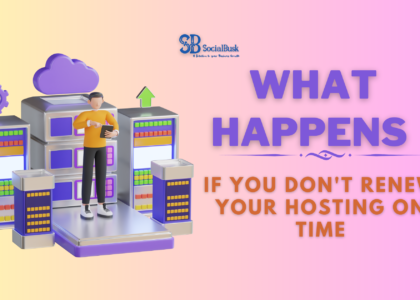In today’s digital age, having a strong online presence is crucial for any business looking to thrive. One of the most effective ways to generate leads and grow your customer base is by utilizing Facebook and Google ads.
In this article, we’ll explore how to leverage these powerful advertising platforms to drive traffic and conversions on your website. Whether you’re a seasoned marketer or new to the game, we’ll break down the process step by step in simple and readable language.
Understanding the Basics
What are Facebook and Google Ads?
Before diving into lead generation, let’s get acquainted with our tools. Facebook and Google Ads are two of the most popular advertising platforms on the internet.
Facebook Ads: Facebook allows you to create targeted ads that appear in users’ newsfeeds and on the sidebar. You can define your audience based on demographics, interests, behaviors, and more.
Google Ads: Google Ads, previously known as Google AdWords, displays ads on the search engine results page (SERP) when users search for specific keywords. You pay for these ads when someone clicks on them.
Step 1: Define Your Goals
Before launching any advertising campaign, it’s essential to set clear and specific goals. Are you looking to increase website traffic, boost sales, or collect leads? Your objectives will shape your entire strategy.
Step 2: Optimize Your Website
Your website is the heart of your online presence. It’s crucial to ensure it’s user-friendly, loads quickly, and is mobile-responsive. These factors contribute to a positive user experience, which can boost your ad performance.
Make sure your landing pages are optimized for conversions. Use compelling headlines, clear calls to action, and relevant content.
Step 3: Keyword Research
For Google Ads, keyword research is paramount. Identify keywords relevant to your business and audience. Tools like Google’s Keyword Planner can help you find the right keywords to target.
Step 4: Audience Targeting
Both Facebook and Google Ads allow you to target specific audiences. For Facebook, this includes demographics, interests, and behaviors. Google Ads target users based on the keywords they search.
Create detailed buyer personas to understand your ideal customers. This will help you target your ads more effectively.
Step 5: Crafting Engaging Ad Copy
Your ad copy must be concise, persuasive, and relevant to your audience. Highlight the benefits of your products or services and use a strong call to action (CTA) to encourage clicks.
Step 6: Ad Design
Visual appeal is crucial. Design eye-catching images or videos that complement your ad copy. On Facebook, you can create carousel ads, slideshows, and more. Ensure that your visuals align with your brand’s aesthetics.
Step 7: Setting Your Budget
Determine your ad budget. You can start small and adjust as you go. Facebook and Google Ads provide tools to help you set daily or lifetime budgets.
Step 8: Launching Your Campaign
Once everything is in place, it’s time to launch your campaign. Monitor its performance closely and be prepared to make adjustments as needed.
Step 9: A/B Testing
A/B testing involves creating multiple versions of your ads to see which performs better. Test different ad copies, images, and targeting options to optimize your campaign.
Step 10: Tracking and Analytics
Both Facebook and Google Ads provide robust analytics tools. Monitor key metrics such as click-through rates, conversion rates, and return on investment (ROI). Use these insights to refine your campaigns.
Step 11: Remarketing
Remarketing is a powerful strategy that involves showing ads to users who have previously visited your website. It keeps your brand top of mind and encourages repeat visits.
Step 12: The Power of Lead Magnets
To generate leads, offer valuable incentives, such as e-books, webinars, or exclusive discounts. Users are more likely to provide their information in exchange for something of value.
Conclusion
Generating leads through your website with Facebook and Google Ads is a multi-faceted process that requires strategy, monitoring, and optimization. By following these steps, you can create effective ad campaigns that drive quality leads to your website.
If you’re looking for expert help to supercharge your lead generation efforts, we invite you to book a call with our team of professionals. They can tailor a strategy to your specific business needs. Visit our website, socialbusk.com, to learn more about our services.
Remember, successful lead generation is an ongoing process, so stay committed and keep refining your strategies for long-term success.





